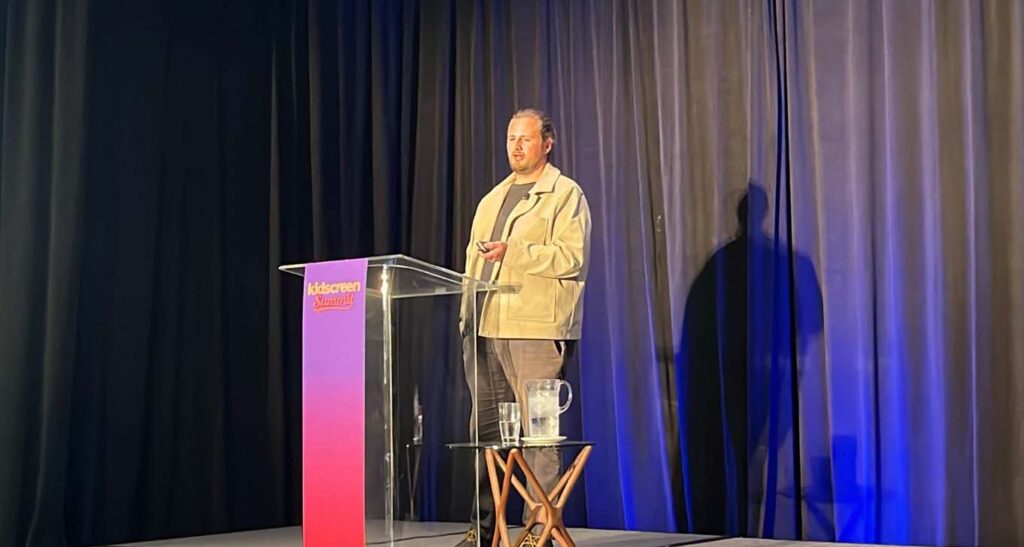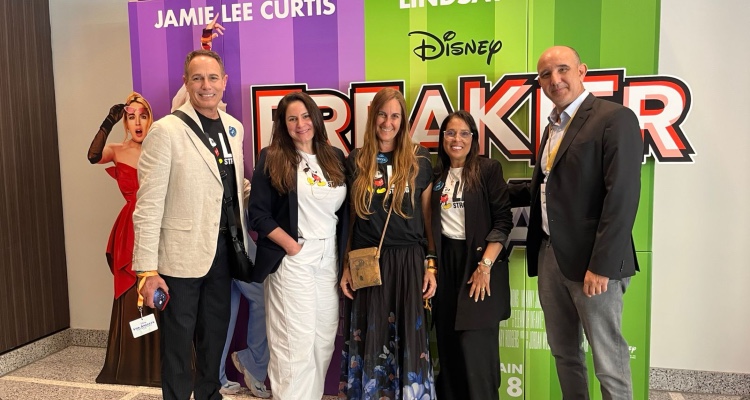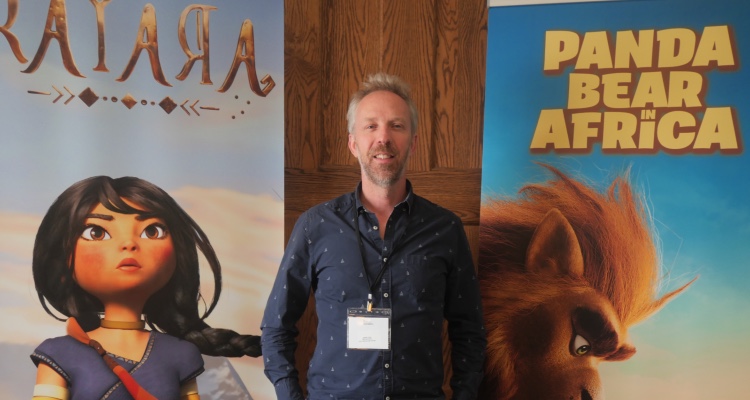Kidscreen Summit 2025, brought to the table one of the most relevant issues for the children’s entertainment industry: the redefinition of the relationship between producers and streaming platforms. The session entitled “The SVOD problem: redefining the relationship between producers and platforms”, presented by Fred Black, research director at Ampere Analysis, addressed the current challenges in an ecosystem where business models have changed dramatically.

Fred Black discussed how the growth of subscription video-on-demand (SVOD) services has transformed the way children’s content is produced and distributed. With the proliferation of platforms such as Netflix, Disney+, Max and Apple TV+, producers face new rules of the game where exclusivity and intellectual property have become determining factors for the sustainability of their businesses.
One of the most relevant points of the talk was the growing tension between platforms and content creators. Historically, studios and production companies could license their properties to multiple distributors, allowing for greater monetization opportunities. However, in the SVOD era, many platforms demand exclusivity, limiting syndication opportunities and restricting long-term monetization possibilities.
Another key aspect highlighted by Black was the transformation in financing models. Previously, studios could tap into multiple funding sources, such as international rights sales or secondary distribution deals. With the rise of streaming, platforms often finance production in exchange for exclusive rights, reducing creators’ flexibility to exploit their properties in other windows.
In addition, Black noted that many platforms have adjusted their budgets and content strategies, prioritized established franchises and reduced investment in original third-party projects. This has created an environment where independent studios struggle for funding and visibility in a market increasingly dominated by streaming giants.
Against this backdrop, the session proposed possible solutions for producers seeking greater control over their IPs and financial sustainability. Among them: FAST (Free Ad-Supported Streaming TV) model, the growth of ad-supported free content platforms, such as Pluto TV or Tubi, offers new distribution opportunities without the need for exclusivity; Direct-to-Consumer (DTC) strategies, some production companies are exploring the possibility of launching their own platforms or apps to maintain full control over their content; Co-productions and Hybrid Agreements, seeking agreements with multiple platforms and broadcasters to diversify revenue streams and reduce dependence on a single company.







